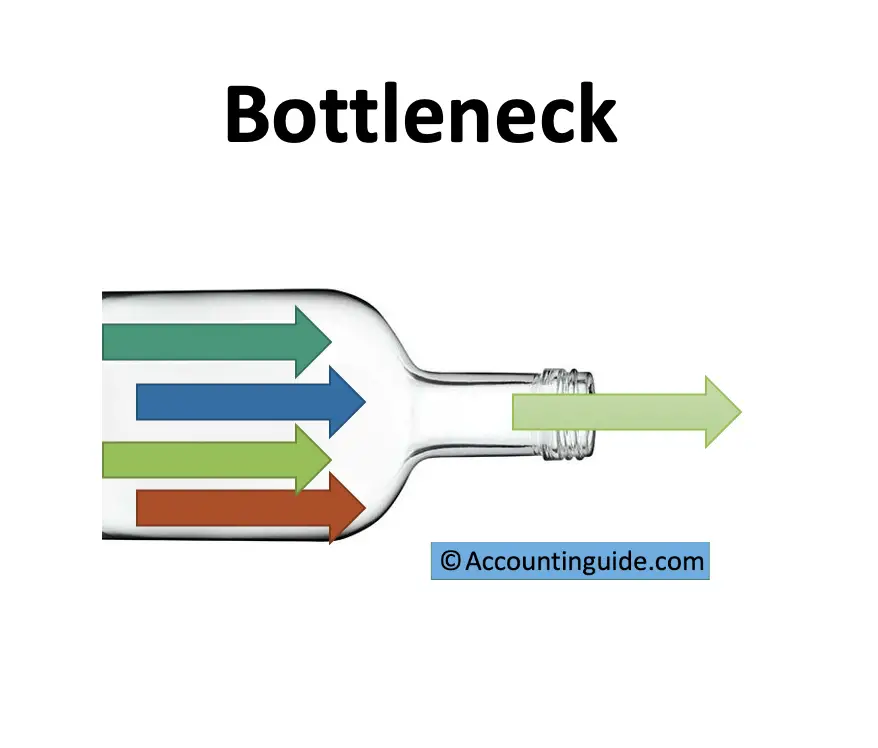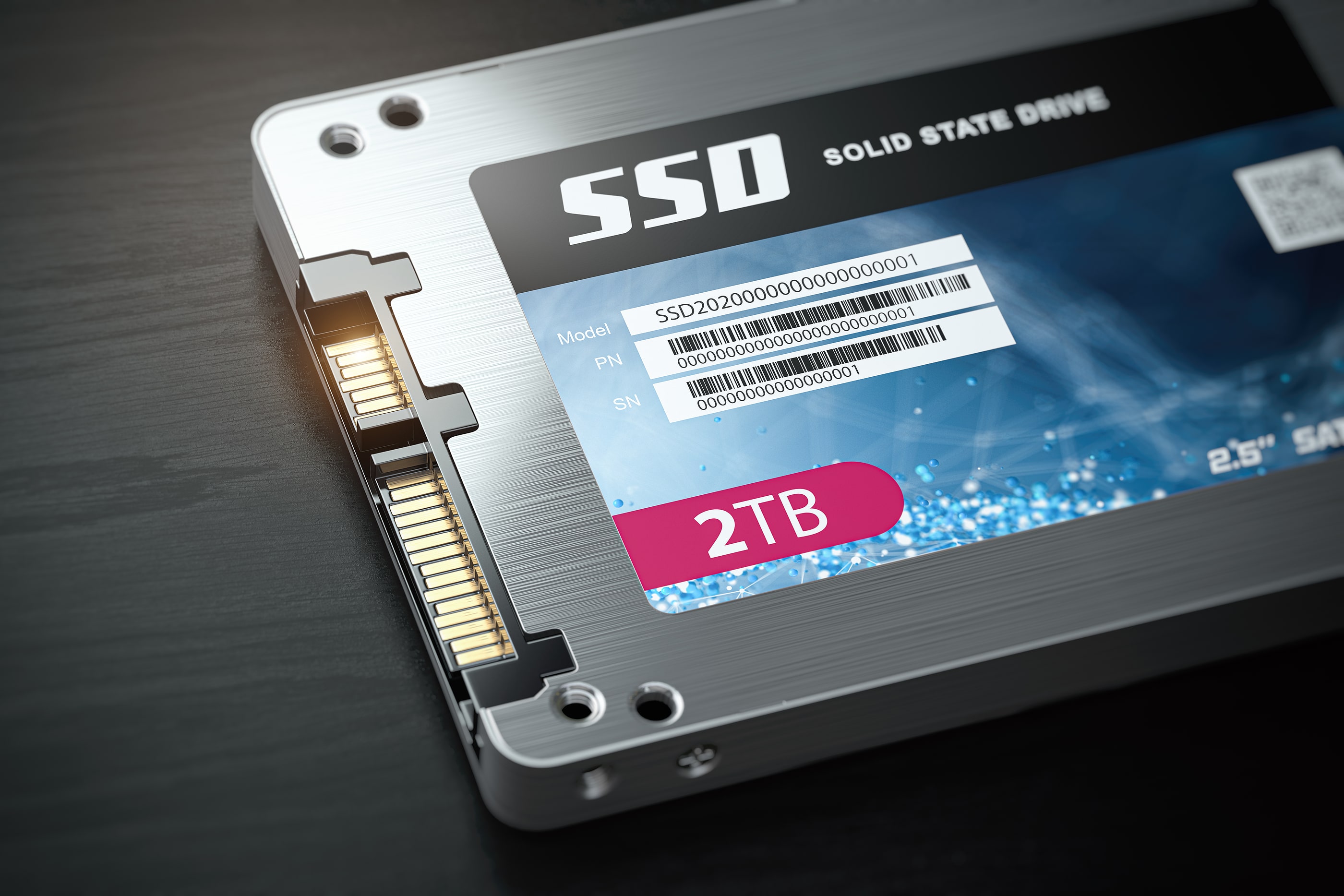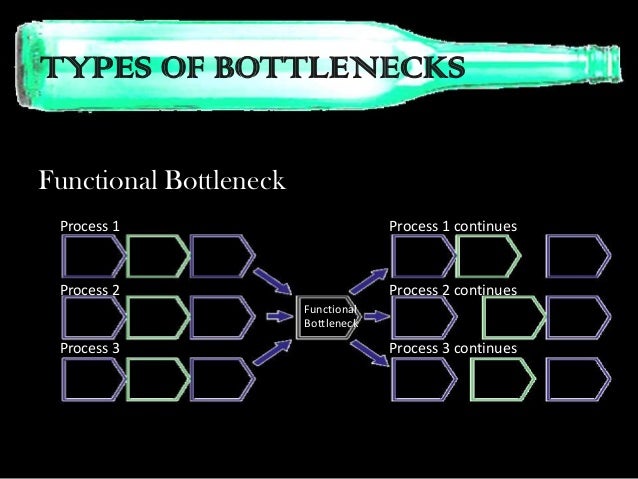Discus Various Developments In Bottleneck Technology Presentation
| Introduction to Bottleneck Technology Developments | ||
|---|---|---|
| Bottleneck technology refers to the limitations or constraints that hinder the performance or efficiency of a system or process. Recent developments in bottleneck technology have aimed to address and overcome these limitations. These advancements have had a significant impact on various industries, improving productivity and performance. | ||
| 1 | ||
| Machine Learning and Artificial Intelligence (AI) | ||
|---|---|---|
| Machine learning and AI have played a crucial role in addressing bottlenecks by analyzing and optimizing complex processes. AI algorithms can identify and predict bottlenecks in real-time, allowing for proactive measures to be taken. Machine learning models can optimize resource allocation and scheduling, minimizing bottlenecks and improving efficiency. | ||
| 2 | ||
| Cloud Computing and Scalability | ||
|---|---|---|
| Cloud computing has revolutionized the way businesses operate, providing scalable resources on-demand. Cloud platforms offer elastic scalability, allowing organizations to handle increased workloads without bottlenecks. By leveraging cloud computing, businesses can avoid infrastructure limitations and accommodate fluctuating demands efficiently. | ||
| 3 | ||
| Edge Computing and Reduced Latency | ||
|---|---|---|
| Edge computing brings processing closer to the data source, reducing latency and addressing bottlenecks. By processing data at the edge, organizations can overcome the limitations of transmitting data to centralized servers. Edge computing enables real-time analysis and decision-making, minimizing delays and optimizing performance. | ||
| 4 | ||
| Advanced Networking Technologies | ||
|---|---|---|
| The development of advanced networking technologies, such as 5G and fiber-optic networks, has significantly reduced network bottlenecks. High-speed, low-latency networks enable faster data transmission and improved connectivity. These technologies have facilitated the growth of bandwidth-intensive applications and services without performance limitations. | ||
| 5 | ||
| Storage Technologies and Data Management | ||
|---|---|---|
| Developments in storage technologies, such as solid-state drives (SSDs) and storage area networks (SANs), have improved data access and retrieval. SSDs offer faster read and write speeds, reducing storage-related bottlenecks. SANs provide centralized storage management, enabling efficient data allocation and retrieval. | ||
| 6 | ||
| Virtualization and Containerization | ||
|---|---|---|
| Virtualization and containerization technologies have transformed how applications and services are deployed and managed. Virtualization enables efficient resource utilization by running multiple virtual machines on a single physical server, reducing hardware bottlenecks. Containerization allows for lightweight, isolated application deployment, facilitating scalability and eliminating software-related bottlenecks. | ||
| 7 | ||
| Internet of Things (IoT) and Sensor Technologies | ||
|---|---|---|
| IoT and sensor technologies have enhanced data collection and analysis, mitigating bottlenecks in various industries. Real-time data from IoT devices and sensors enable proactive decision-making and optimization of processes. IoT platforms and analytics tools provide insights into potential bottlenecks, allowing organizations to take preventive measures. | ||
| 8 | ||
| Big Data Analytics and Predictive Analytics | ||
|---|---|---|
| Big data analytics and predictive analytics have revolutionized how organizations analyze and optimize processes. By processing large volumes of data, these technologies can identify patterns and predict potential bottlenecks. Predictive analytics models enable proactive planning and resource allocation, reducing the impact of bottlenecks. | ||
| 9 | ||
| Conclusion and Future Trends | ||
|---|---|---|
| Ongoing developments in bottleneck technology continue to drive innovation and improvement across industries. Future trends may include advancements in quantum computing, further optimization of AI algorithms, and the integration of emerging technologies. It is essential for organizations to stay updated on these developments to remain competitive and efficient in a technology-driven world. | ||
| 10 | ||









